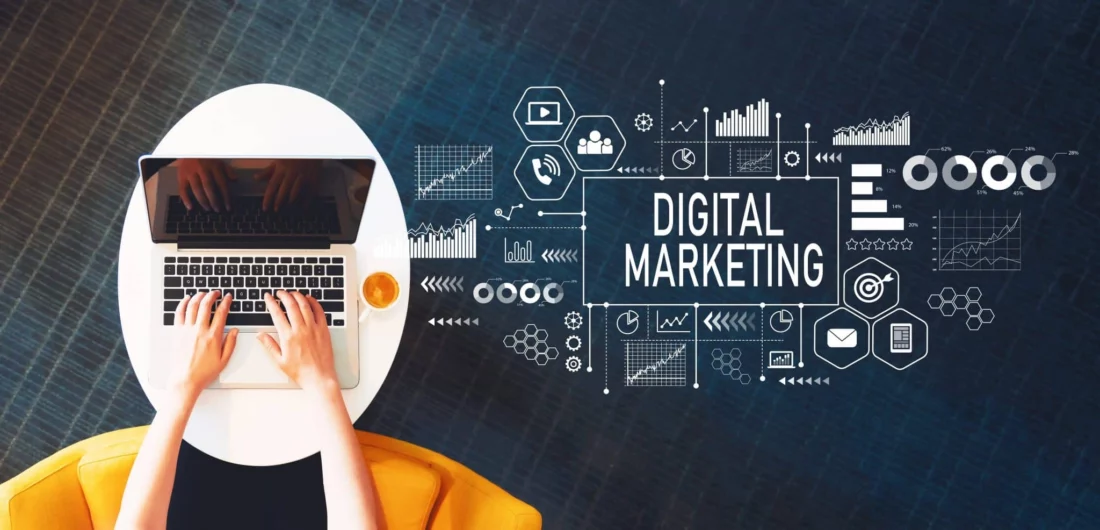In marketing, it’s not always about creating “THE” next big idea. Recycling a very good approach – as long as you tweak said idea so it’s appropriate for your product, service, or campaign, is perfectly acceptable. Brands do it all the time – but it’s the way in which marketers mimic a good idea and use that to sell/promote their particular brand that determines how successful it will be.
One of the more blatant examples of this that comes to mind: Toms vs. BOBS by Skechers. In case you’re not familiar with either, Toms has been around for a few years, founded by a super savvy entrepreneur who had the great idea to donate a pair of shoes to a child in need for every pair sold by his company. Most recently the company has started an eyeglass program to further Toms’ “One for One™” mission: for every pair of glasses purchased, another pair is donated to someone in need.
And then there’s Skechers. As we discussed above, sometimes being a direct copycat isn’t always successful. BOBS by Skechers is a line of shoes that resemble pretty much the exact design and style of the Toms shoes. And the mission is very similar too. While they don’t state their donation policy as being one for one, they DO talk about how they’ve donated “more than three million pairs of shoes in 25 countries to date.” Is it a bad thing that Skechers has taken on such a noble, charitable act as that of giving needy kids shoes? Of course not. Could they perhaps have chosen a name, product and marketing effort that wasn’t so purposely similar – and as a result confusing to the average consumer? I think so.
So when does it make sense to use someone else’s idea? One example is the partnership between Microsoft and Southwest Airlines that made headlines in December and ran through January 7. What I liked about this was, yes, as an Apple fanatic (guilty), I’ve gotten used to being able to go into a store and try out any and all products I’m interested in buying – but to date, consumers have never had that luxury with Microsoft products. To promote its new version of Windows 8, and to push the launch of its Surface tablet, the company partnered with Southwest Airlines to set up “try it yourself” kiosks in the airlines’ terminals at various airports throughout the country.
The difference from the Toms vs. BOBS example? The partnership with Southwest made this seem less of a direct copy of Apple’s model. The airport location gave people of all walks of life – not just Microsoft fans – access to the products. And the limited timeframe put a sense of urgency on passengers to try it, knowing if they pass on the opportunity, they may not get the chance to try it out in such a relaxed, casual setting again. By borrowing from a tried and true – and proven – model (like Apple’s), but putting its own spin on it, Microsoft was able to promote its products in its own way and get it into the hands of potential buyers it couldn’t have reached otherwise.
What do you think? Any brands you love that have borrowed their marketing practices from someone else?

